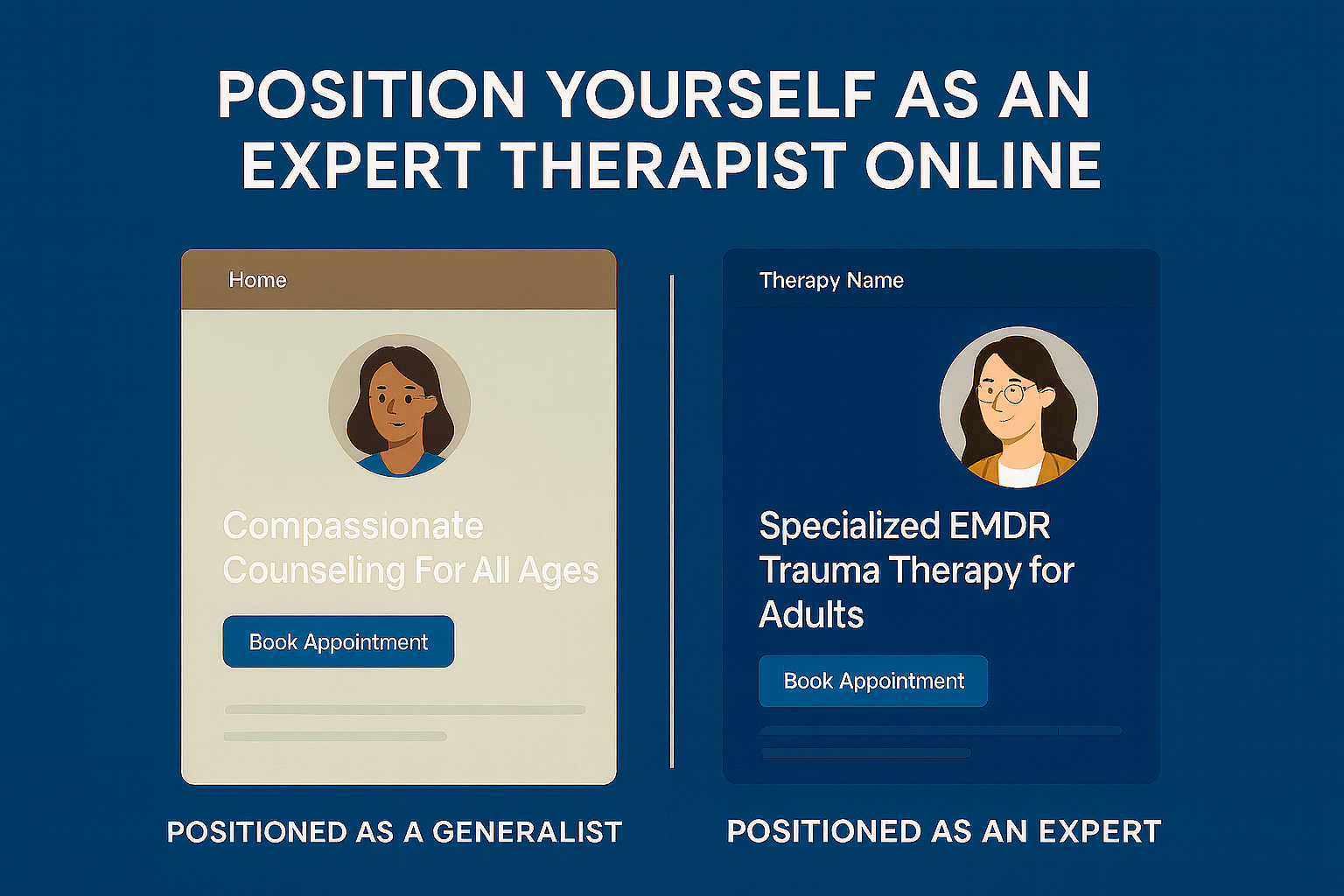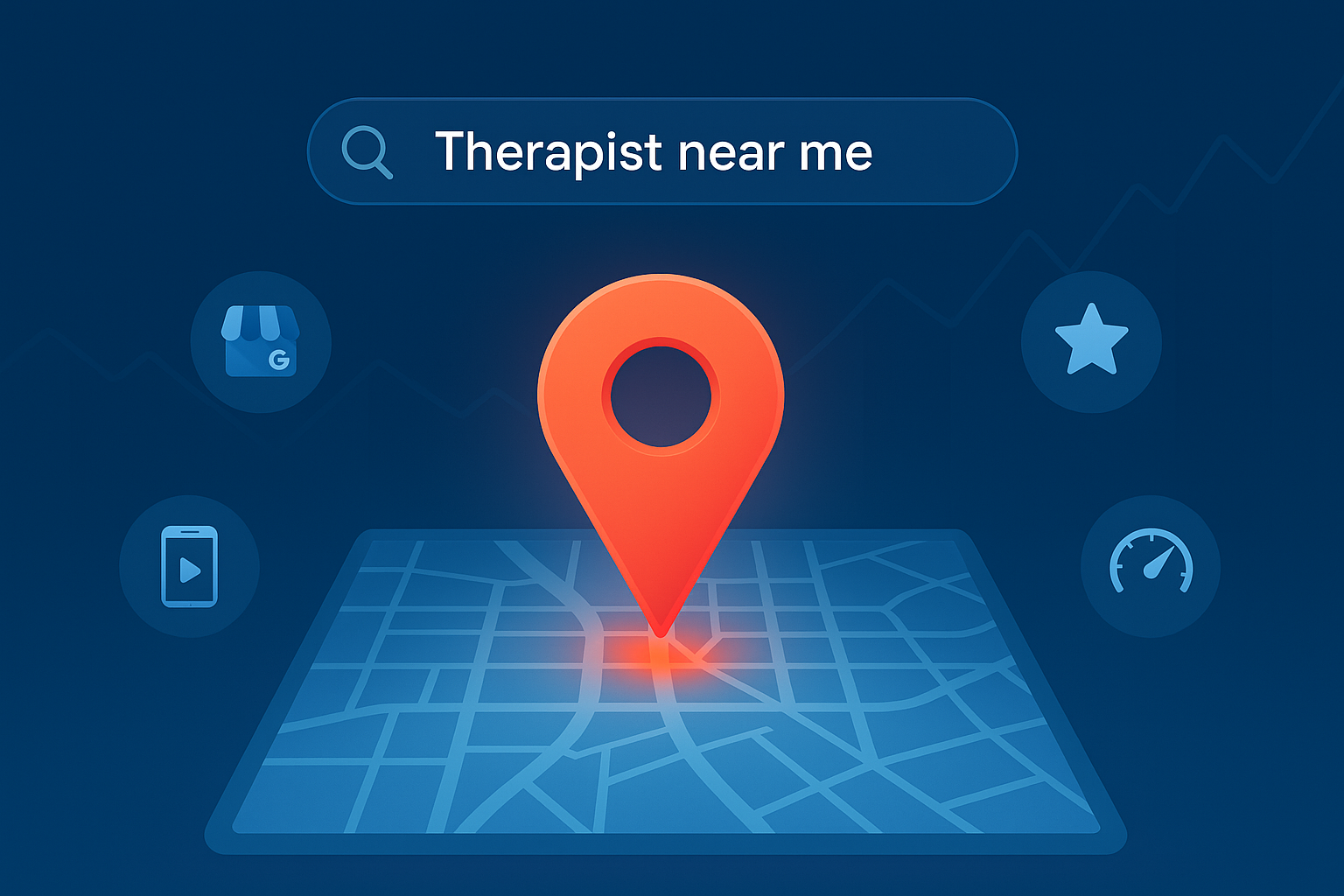Teletherapy has become a cornerstone of modern mental health care, offering therapists the ability to connect with clients remotely while maintaining high-quality care. Starting a teletherapy practice can be a game-changer, allowing you to reach a broader audience, reduce costs, and adapt to the digital age. However, launching a successful teletherapy practice requires careful planning and execution. How to start a successful teletherapy practice: a step-by-step guide provides a clear path to building a thriving virtual practice, from choosing the right tools to ensuring compliance. In this guide from Mental Health IT Solutions (MHIS), we’ll walk you through the essential steps to get started, helping you establish a teletherapy practice that meets client needs and supports your professional goals.
Understanding the Basics of a Teletherapy Practice
Before diving into the steps, let’s define what a teletherapy practice entails and why it’s a valuable opportunity for mental health professionals.
What Is a Teletherapy Practice?
Virtual Mental Health Care
A teletherapy practice delivers mental health services via secure video conferencing, phone, or messaging platforms, such as SimplePractice or TheraPlatform. It often integrates with Electronic Health Record (EHR) systems for documentation, scheduling, and billing.
Why Teletherapy Matters
Teletherapy has surged in popularity, with its benefits—such as accessibility and flexibility—making it a preferred option for many clients, as discussed in The Rise of Teletherapy: How Virtual Counseling is Transforming Mental Health Care. It’s an ideal model for therapists looking to expand their practice.
Benefits of Starting a Teletherapy Practice
Expanded Reach
Teletherapy allows you to serve clients in remote or underserved areas, growing your client base without a physical office.
Cost Savings
By eliminating the need for office rent, you can reduce overhead costs, making teletherapy a financially viable option for new or small practices.
Step-by-Step Guide to Starting a Teletherapy Practice
Let’s explore the key steps to launching a successful teletherapy practice, focusing on practical actions to ensure a smooth and effective setup.
1. Assess Your Readiness for Teletherapy
Evaluate Your Comfort with Technology
Teletherapy requires familiarity with digital tools, such as video conferencing and EHR systems. If you’re not tech-savvy, start by learning the basics through online tutorials or vendor support.
Consider Your Client Base
Determine if your current or target clients would benefit from teletherapy. For example, clients in rural areas or those with busy schedules may prefer virtual sessions, as noted in Teletherapy vs. In-Person Therapy: Which One is Right for Your Practice?.
2. Choose the Right Teletherapy Platform and EHR
Select a HIPAA-Compliant Platform
Choose a teletherapy platform that ensures HIPAA compliance, such as TheraPlatform or SimplePractice, with features like end-to-end encryption and secure client portals. For more on security, see How to Secure Patient Data with an EHR for Mental Health Practices.
Integrate with an EHR
Opt for an EHR with built-in teletherapy, like TherapyNotes, to streamline scheduling, documentation, and billing. This integration reduces administrative burdens, a key aspect of how to start a successful teletherapy practice: a step-by-step guide. For more on choosing an EHR, see Choosing the Best EHR for Your Therapy Practice: A Complete Guide.
3. Ensure Legal and Regulatory Compliance
Understand Licensing Requirements
Teletherapy often involves serving clients across state lines, which requires understanding licensing regulations. Some states participate in compacts like PSYPACT, allowing cross-state practice, but you must verify your eligibility.
Obtain Informed Consent
Update your informed consent forms to include teletherapy-specific details, such as potential tech disruptions and privacy measures. Ensure clients understand the risks and benefits before starting virtual sessions. For more on compliance, see HIPAA Compliance and EHR: What Every Mental Health Professional Should Know.
4. Set Up Your Technology and Workspace
Invest in Reliable Equipment
You’ll need a computer with a high-quality webcam, a microphone, and a stable internet connection (at least 25 Mbps for video). A backup plan, like a mobile hotspot, ensures continuity during outages. For more on tech challenges, see Common EHR Challenges for Mental Health Therapists and How to Overcome Them.
Create a Professional Virtual Space
Set up a quiet, private workspace with good lighting and a neutral background. Use noise-canceling headphones to minimize distractions and ensure client privacy during sessions.
5. Develop Teletherapy-Specific Policies and Procedures
Establish Session Protocols
Create guidelines for virtual sessions, such as requiring clients to be in a private space and outlining what to do if a session is interrupted. Share these with clients in advance to set expectations.
Update Billing and Payment Processes
Ensure your billing system accommodates teletherapy, including insurance claims for virtual sessions. Many insurers now cover teletherapy but verify coverage with each client’s provider. For more on efficiency, see How EHRs Help Mental Health Professionals Reduce Administrative Burden.
6. Train Yourself and Your Team
Learn Teletherapy Best Practices
Educate yourself on virtual counseling techniques, such as building rapport through video and managing non-verbal cues. Use vendor resources, like SimplePractice’s training webinars, to get started.
Train Staff on Technology
If you have administrative staff, train them on the teletherapy platform and EHR system, focusing on scheduling, client communication, and privacy protocols. For more on implementation, see How to Successfully Implement an EHR in Your Therapy Practice.
7. Market Your Teletherapy Services
Update Your Online Presence
Revise your website and social media profiles to highlight teletherapy services, emphasizing benefits like convenience and accessibility. Include a clear call-to-action for scheduling virtual sessions.
Reach Out to Your Network
Inform current clients and referral sources about your teletherapy offerings, explaining how they can benefit. Consider offering a free introductory session to attract new clients to virtual care.
8. Launch and Evaluate Your Teletherapy Practice
Start with a Soft Launch
Begin by offering teletherapy to a small group of clients, testing your setup and workflow. Gather feedback on their experience to identify areas for improvement.
Monitor and Optimize
Track key metrics, such as client satisfaction, no-show rates, and session outcomes, to evaluate your teletherapy practice’s success. Adjust your approach as needed, leveraging tools like AI for insights. For more on AI, see How AI and Automation Are Transforming Mental Health EHR Systems.
Benefits of a Successful Teletherapy Practice
Expanded Client Base
Teletherapy allows you to serve clients across regions, growing your practice without a physical office.
Reduced Overhead Costs
By eliminating office rent, you can save $500–$2,000/month, depending on location, making teletherapy cost-effective. For more on costs, see The Cost of Mental Health EHR Systems: What to Expect.
Improved Work-Life Balance
Working remotely offers flexibility, allowing you to set your own schedule and reduce commute time, enhancing your well-being.
Enhanced Client Outcomes
Teletherapy’s convenience and privacy can improve client engagement, leading to better adherence and outcomes. For more on outcomes, see The Role of EHR in Enhancing Patient Care and Therapy Outcomes.
Challenges to Consider When Starting a Teletherapy Practice
Technology Dependence
Teletherapy relies on stable internet and equipment, which can be disrupted by outages. Have backup plans in place to ensure continuity.
Building Rapport Virtually
Virtual sessions may make it harder to read non-verbal cues, requiring new skills to build trust. Practice active listening and use video to enhance connection.
Regulatory Complexity
Cross-state licensing and insurance reimbursement for teletherapy can be complex. Stay informed about regulations and advocate for policy changes to support virtual care.
The Long-Term Impact on Your Practice
Mastering how to start a successful teletherapy practice: A step-by-step guide can position your practice for long-term success. By expanding your reach, reducing costs, and meeting client needs, teletherapy allows you to thrive in a digital-first world. Over time, this approach can lead to a more sustainable practice, higher client satisfaction, and the flexibility to adapt to future trends in mental health care.
Final Thoughts
How to start a successful teletherapy practice: A step-by-step guide offers a clear path to launching a thriving virtual practice. By choosing the right tools, ensuring compliance, and marketing effectively, you can create a teletherapy practice that meets modern demands while enhancing client care. Partnering with Mental Health IT Solutions can help you navigate this transition.
Ready to explore why a specialized EHR is essential? Visit Why Private Practice Therapists Should Invest in a Mental Health EHR for more insights.







